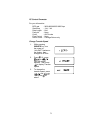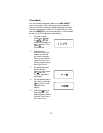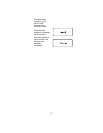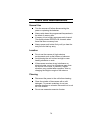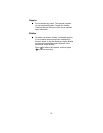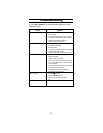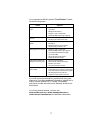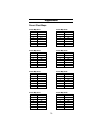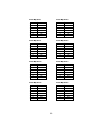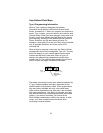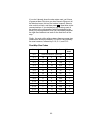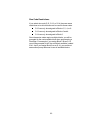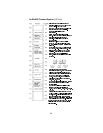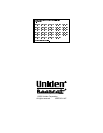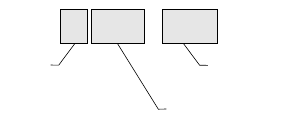
User Defined Fleet Maps
Type I Programming Information
When a Type I system is designed, the address
information for all the IDs is divided into 8 equal sized
blocks, numbered 0–7. When you program your scanner to
track a Type I system, you must select a size code for each
of these blocks. When you have assigned a size code to all
8 blocks, you’ll have defined the Fleet Map for the system
you’re tracking. Each size code determines the number of
Fleets, Subfleets, and IDs each block will have. For
example, a size code of S-4 has one Fleet, which is divided
into 16 separate Subfleets, and it has a total of 512
individual IDs.
When a block is assigned a size code, the Fleet or Fleets
created within the block are assigned a Type I ID. The way
these IDs display on your scanner depend on the block
number and the block’s size code. When a Type I ID
displays, the leftmost digit represents the block which
contains the ID. The next two digits identify which Fleet is
active, and the last digit(s) identifies the Subfleet.
The details concerning how the size codes are selected by
a Type I System designer are highly dependent on the
specific needs of the system’s users. Some organizations
may want many subfleets with only a few radios each,
while another organization may want only a few subfleets
with many radios each. Your task is to program your fleet
map with the same size code assignments as the trunked
system. If you do this accurately, you’ll track all the
Fleet-Subfleet combinations used by the system. In other
words, you’ll hear complete communications while
monitoring a trunked system.
81
4 05-12
Block
(1 digit)
Subfleet
(1 or 2 digits)
Which Fleet
within the Block
(2 digits)



